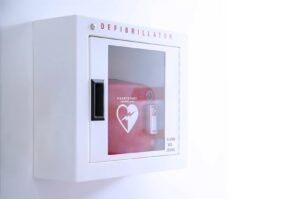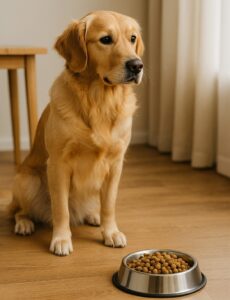Manažérske výcvikové hry 11 Personal Development
INSIDE OUT
Materials: None
Aims: Developing imagination, self-validation, sensory awareness, awareness, body control.
Procedure: Whole group lies on backs, arms on the floor, legs separate, eyes closed. Leader talks smoothly and steadily and asks the group to
focus their senses within their bodies. Bodies are described as containing blood vessels with blood pulsing through; lungs exchanging
oxygen for carbon dioxide (good air for used air); stomachs digesting food, etc. Group is asked to concentrate on one particular
function of the body and the leader asks the group to be aware (even synthetically) of the existence of the activity, without feeling for
signs with their hands.
Real sensations to notice
heartbeat
pulse
breathing
indigestion
digestion
perspiration, etc.
Pseudo sensations (to imagine entirely)
hair growing
nails growing
air in the blood
food passing to muscles acids attacking the teeth, etc.
Variations 1 Concentration through breathing. Take a deep breath. Imagine your ribs expanding, the air rushing down your throat, filling your lungs, entering your blood and kicking the old air out. (continue with exhaling.)
2 Concentration through heartbeat. Blood sucked into one
chamber – expelled into next chamber and then back into vein or artery. Concentration upon the feeling (in rhythm with the beats) of this expansion and contraction.
ROAD MAP
Materials Large sheet of paper per person and pencil or felt tip
Aims Self-validation
Procedure Each person is asked to make a road map of their life so far. Beginning with birth and extending to the present. Each map should
somehow show the good places (either scenic or open road, etc.) or the bad places (bumpy spots, etc.), hospital (road works etc.) Also
barriers, detours, and the general direction of their present course.
Compare life’s past course with your imagined future, i.e. goals, etc. How will they be achieved? What has made the good spots?
Variations 1 Extend and project the map into the future. (conjecture or daydream)
2 Construct lists of positive and negative problems and events. Decide on points systems, i.e., + and -, and evaluate your life.
3 Role-play passing detours, etc.
TIN SOLDIER
Who: Pairs of people
Where: Inside a large room.
Aids Obstacles eg chairs and tables
Objectives To learn to trust your partner
To feel what it is like to have no power over your own actions
Leaders Hints Nil
Instructions In each pair, person A is a tin soldier, person B is their Director
Tin soldiers can only move under directions from B. They have no power to think or make decisions. Tin soldiers walk slowly with stiff legs & arm joints.
B’s job is to guide his/her tin soldier to the other side of the room, by giving directions to avoid hitting walls, tables, chairs & other tin soldiers.
Now have B’s wind up their tin soldiers & begin giving directions.
After a few minutes, stop and reverse roles.
Conclusion A good fun game for friends or strangers. It may have an interesting effect on people who like to be in control.







